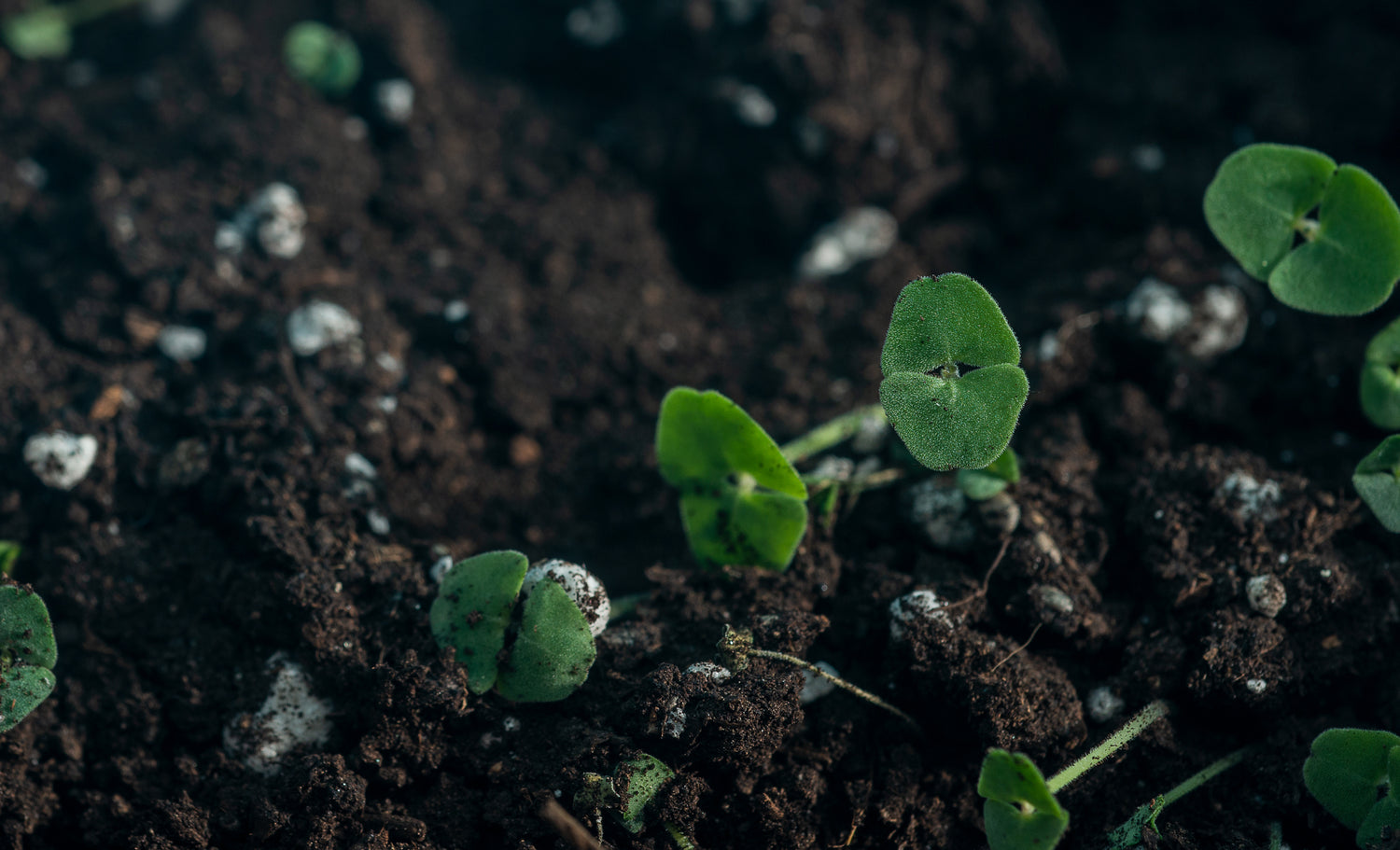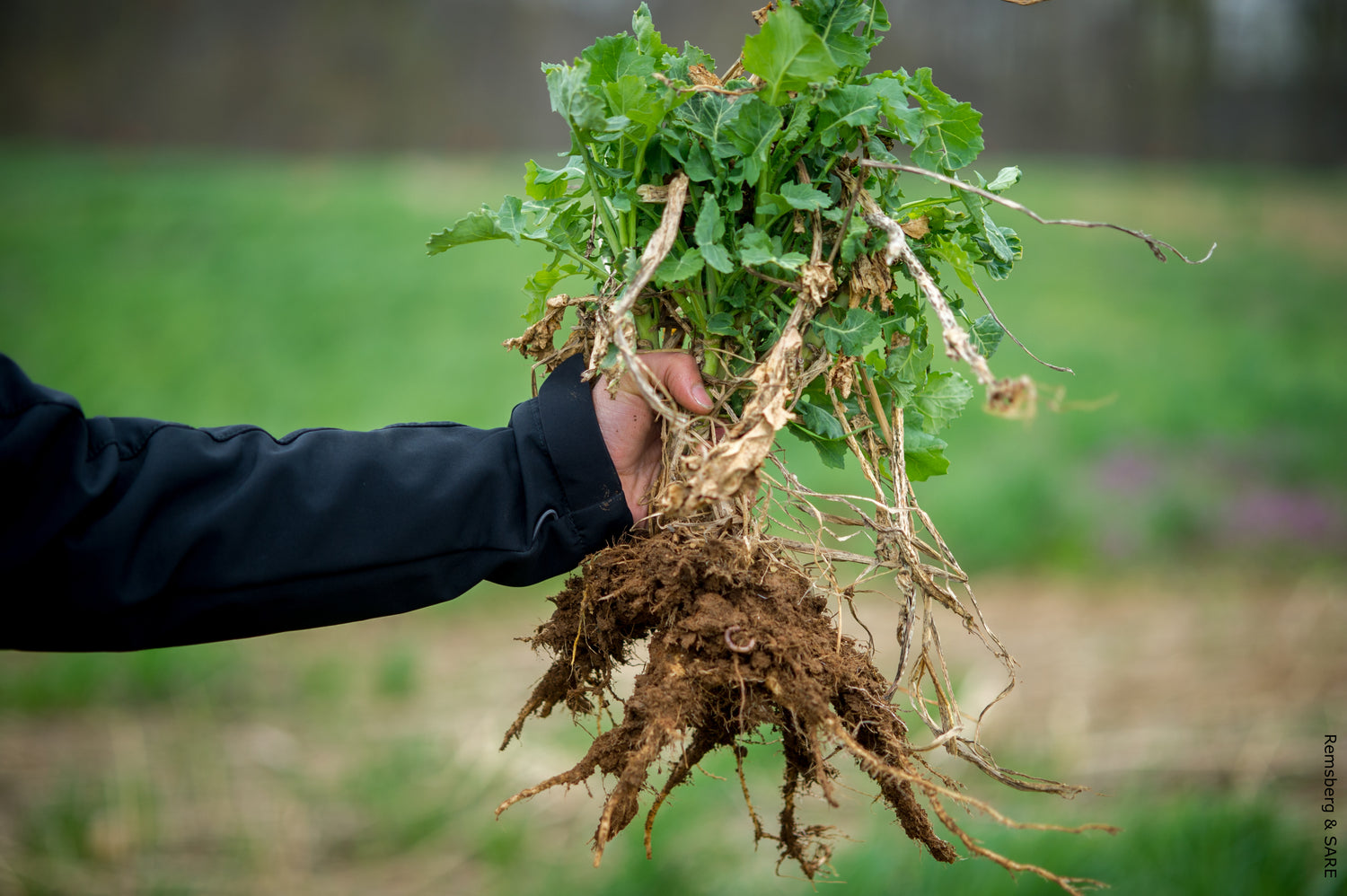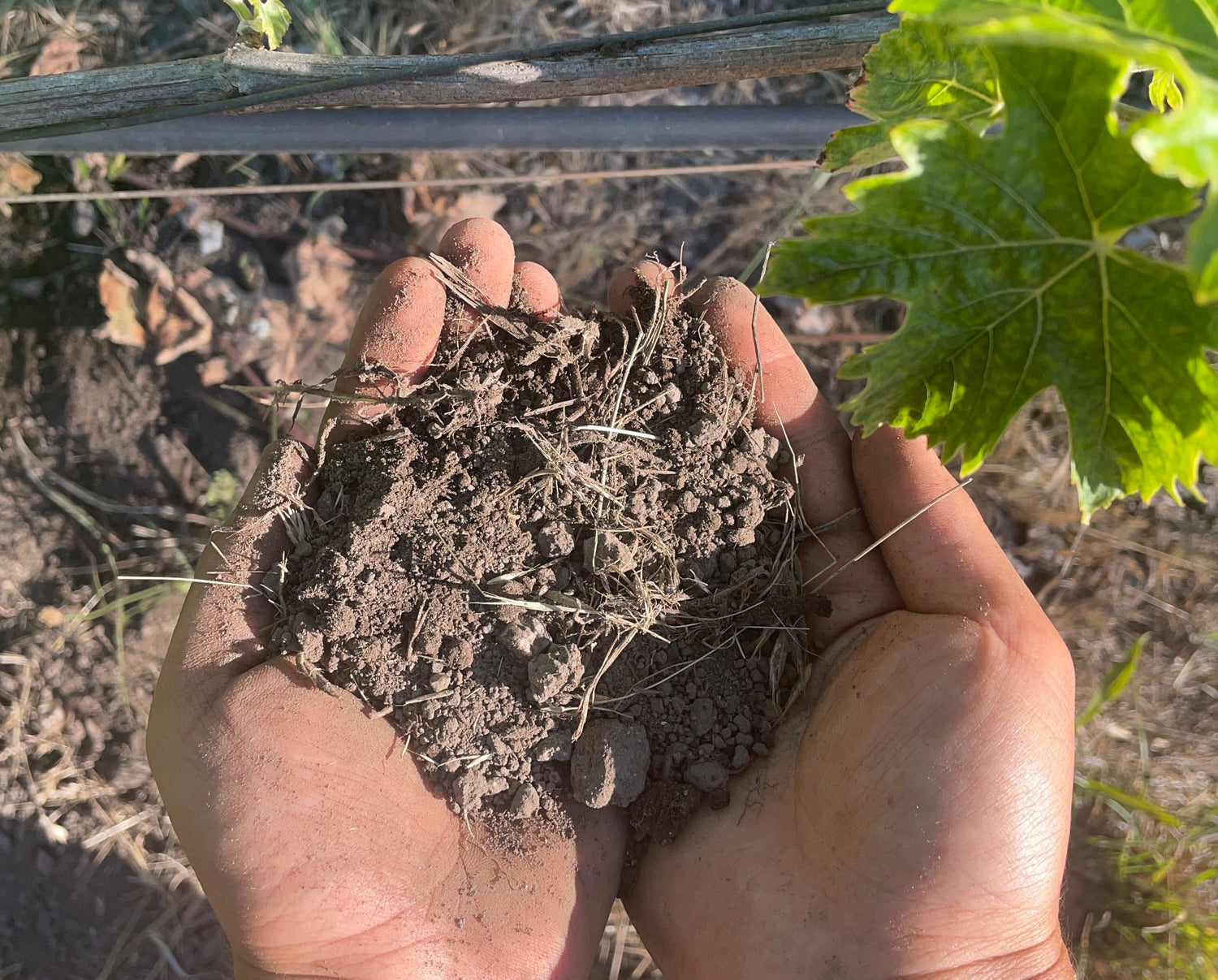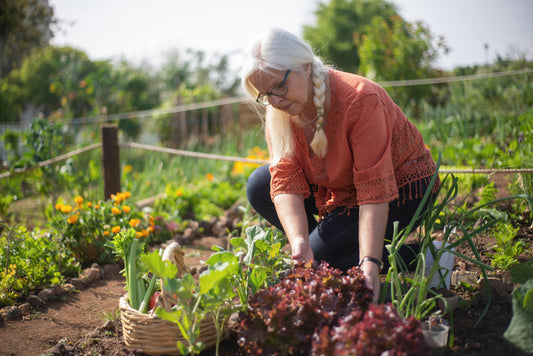California's premier wine regions, from Napa Valley to Paso Robles, showcase how soil diversity shapes world-class terroir and grape quality. Professional vineyard soil testing unlocks the secrets of your land's potential, providing the scientific foundation for optimal vine health, sustainable viticulture, and exceptional wine production.
Vineyard Soil Testing California - Terroir Analysis for Wine Grape Production
Vineyard soil testing provides comprehensive analysis of pH, nutrients, organic matter, and terroir factors that directly influence grape quality, vine health, and wine character in California's diverse wine regions.
Understanding Terroir Through Soil Analysis
Terroir, the unique combination of soil, climate, and topography that defines wine character, begins with understanding your vineyard's soil composition. According to the University of California Davis Department of Viticulture and Enology, soil properties fundamentally influence grape chemistry, flavor development, and wine quality through complex interactions between vine roots and soil minerals.
California's wine regions showcase remarkable soil diversity, from the volcanic soils of Napa Valley to the limestone-rich hillsides of Paso Robles. Each soil type contributes distinct characteristics to grape development, making professional soil analysis essential for maximizing terroir expression and vineyard productivity.
Critical Soil Parameters for Viticulture
Professional vineyard soil testing evaluates multiple parameters that directly impact grape quality and vine performance. The California Association of Winegrape Growers emphasizes that comprehensive soil analysis forms the foundation of successful vineyard management and sustainable viticulture practices.
Chemical Properties
- Soil pH: Optimal range 6.0-7.0 for most varieties, affecting nutrient availability and root health
- Nitrogen: Essential for vine growth and canopy development, requiring careful balance to avoid excessive vigor
- Phosphorus: Critical for root development, flowering, and fruit set in young vines
- Potassium: Key nutrient for grape sugar accumulation, acid balance, and wine quality
- Calcium: Important for soil structure, root health, and grape cell wall stability
- Magnesium: Central to chlorophyll production and photosynthesis efficiency
Physical Properties
- Soil Texture: Influences drainage, root penetration, and water-holding capacity
- Organic Matter: Affects soil structure, nutrient retention, and biological activity
- Drainage Characteristics: Critical for preventing root diseases and managing vine stress
- Depth to Hardpan: Determines root zone volume and water infiltration
Biological Indicators
- Microbial Activity: Indicates soil health and nutrient cycling capacity
- Organic Matter Quality: Measures decomposition rate and nutrient release potential
Soil Impact on Grape Quality
Research from UC Davis demonstrates that soil composition directly influences grape chemistry and wine character. Well-drained soils with balanced nutrition promote controlled vine vigor, leading to concentrated flavors and optimal grape maturation. Conversely, overly fertile soils can produce excessive vegetative growth at the expense of fruit quality.
Soil pH significantly affects nutrient availability and vine health. According to the American Society for Enology and Viticulture, pH outside the optimal range can limit nutrient uptake, reduce vine vigor, and negatively impact grape quality. Professional testing identifies pH imbalances and provides specific amendment recommendations.
California Wine Region Soil Characteristics
California's wine regions exhibit distinct soil profiles that contribute to their unique terroir expressions. Understanding these regional characteristics helps vintners optimize vineyard management for their specific conditions.
Napa Valley
Napa Valley's diverse geology creates a mosaic of soil types including volcanic ash, alluvial deposits, and sedimentary soils. The USDA Natural Resources Conservation Service identifies over 30 different soil series in Napa County, each contributing unique characteristics to wine production.
Sonoma County
Sonoma's varied topography and geological history produce soils ranging from well-drained volcanic slopes to fertile valley floors. This diversity supports multiple grape varieties and wine styles within the region.
Central Coast
The Central Coast's maritime influence and diverse geology create unique growing conditions. Calcareous soils in areas like Paso Robles contribute to distinctive wine characteristics and require specific management approaches.
Sustainable Vineyard Management
Professional soil testing supports sustainable viticulture practices by optimizing nutrient management and reducing environmental impact. The California Sustainable Winegrowing Alliance emphasizes that soil health is fundamental to long-term vineyard productivity and environmental stewardship.
Precision nutrient management based on soil test results minimizes fertilizer applications while maintaining vine health and productivity. This approach reduces costs, prevents groundwater contamination, and supports certification programs like California Sustainable Winegrowing.
Organic Vineyard Compliance
Organic vineyard certification requires comprehensive soil management based on scientific analysis. The USDA National Organic Program mandates that organic producers maintain soil health through natural methods, making soil testing essential for compliance and success.
Soil testing for organic vineyards identifies nutrient deficiencies that must be addressed through approved organic amendments. Professional recommendations ensure compliance while optimizing vine nutrition and soil health.
Specialized Testing Services
Comprehensive vineyard soil analysis extends beyond basic fertility testing to include specialized parameters important for wine production. These additional tests provide detailed insights into soil conditions that affect grape quality and vine longevity.
Salinity and Sodicity Testing
Salt accumulation can severely impact vine health and fruit quality, particularly in irrigated vineyards. Professional testing identifies salinity issues and provides management strategies to prevent vine damage.
Heavy Metal Analysis
Heavy metal contamination can affect vine health and wine quality while posing regulatory compliance issues. Testing ensures soil safety and identifies potential problems before they impact production.
Micronutrient Analysis
Micronutrients like zinc, iron, and boron are essential for vine health and grape development. Deficiencies can severely impact productivity and fruit quality, making comprehensive testing crucial.
Sample Collection Best Practices
Accurate soil testing depends on proper sample collection following established protocols. The University of California Cooperative Extension provides detailed guidelines for vineyard soil sampling that ensure representative and reliable results.
Sampling Strategy
- Collect samples from multiple locations within each vineyard block
- Sample at 6-12 inches depth in the active root zone
- Avoid areas recently fertilized or treated with amendments
- Use clean, non-contaminating tools and containers
- Mix samples thoroughly to create representative composites
Timing Considerations
- Sample before major fertilization or amendment applications
- Avoid sampling immediately after rainfall or irrigation
- Consider seasonal variations in nutrient availability
- Plan sampling to align with vineyard management decisions
Interpreting Test Results
Professional soil test reports provide comprehensive information about soil conditions and their implications for vineyard management. Understanding these results enables informed decision-making about fertilization, amendments, and long-term soil health strategies.
Test results include numerical values, optimal ranges, and specific recommendations tailored to grape production. Graphical presentations and comparison charts make complex soil chemistry information accessible to vineyard managers and winemakers.
Amendment Recommendations
Professional soil testing provides specific recommendations for soil amendments based on test results and vineyard goals. These recommendations consider grape variety requirements, soil conditions, and sustainable management principles.
Common amendments for vineyard soils include organic matter additions, pH adjustments, and targeted nutrient applications. The 80/20 native soil to compost ratio mentioned in testing protocols provides a balanced approach to soil improvement without disrupting existing soil biology.
Precision Viticulture Integration
Modern vineyard management increasingly relies on precision agriculture technologies that integrate soil testing data with GPS mapping and variable rate application systems. This approach optimizes inputs while reducing costs and environmental impact.
Soil testing provides the foundation for precision viticulture by identifying spatial variability in soil properties. This information enables targeted management strategies that address specific conditions within vineyard blocks.
Frequently Asked Questions
Why is soil testing important for vineyards?
Soil testing ensures optimal pH, nutrient levels, and texture, directly impacting grape quality, yield, and vine health while supporting terroir expression.
How often should I test my vineyard soil?
Test annually before planting or major fertilization, or every 2-3 years for established vineyards to monitor nutrient levels and soil health changes.
What soil pH is best for grapevines?
Most grapevines thrive in a pH range of 6.0-7.0, though specific varieties may have different optimal ranges for terroir expression.
Can soil testing improve grape flavor?
Yes, balanced nutrients like potassium and nitrogen enhance grape flavor and quality while supporting the unique terroir characteristics of your vineyard.
How does soil texture affect vineyard performance?
Soil texture influences drainage, root development, and water-holding capacity. Well-drained soils promote controlled vine vigor and concentrated fruit flavors.
What amendments work best for vineyard soils?
Common amendments include compost for organic matter, lime for acidic soils, and gypsum for sodic conditions. Specific recommendations depend on soil test results.
Is soil testing required for organic vineyards?
While not always mandated, soil testing is essential for organic compliance and identifying nutrient deficiencies that must be addressed through approved organic methods.
Should I test different vineyard blocks separately?
Yes, sampling different blocks accounts for soil variability and enables block-specific management recommendations for optimal results.
How do I interpret complex soil test results?
Professional consultation helps interpret results and translate laboratory data into practical management recommendations for your specific vineyard conditions.
What additional testing services support vineyard management?
Water quality testing ensures irrigation safety, while plant tissue analysis confirms nutrient uptake and identifies deficiencies not apparent in soil tests.
Professional Consultation Services
Expert consultation translates soil test results into practical vineyard management strategies. Professional soil scientists provide site-specific recommendations that consider soil conditions, grape varieties, and production goals.
Consultation services include fertilization programs, amendment recommendations, and long-term soil health strategies. This professional guidance ensures that soil testing investments translate into improved vineyard performance and wine quality.
Sources
- University of California Davis, Department of Viticulture and Enology. Soil Management for Winegrape Production. https://wineserver.ucdavis.edu/content/soil-management-winegrape-production
- USDA Natural Resources Conservation Service. Soil Survey of Napa County, California. https://www.nrcs.usda.gov/resources/data-and-reports/soil-survey
- California Association of Winegrape Growers. Sustainable Winegrowing Practices. https://cawg.org/sustainability/
- American Society for Enology and Viticulture. Soil Health and Vine Nutrition. https://www.asev.org/resources/soil-health
- University of California Cooperative Extension. Vineyard Soil Sampling Guidelines. https://ucanr.edu/sites/viticulture/Soil_and_Water_Management/
- California Sustainable Winegrowing Alliance. Soil Health Best Practices. https://www.sustainablewinegrowing.org/soil-health
- USDA National Organic Program. Organic Vineyard Certification Standards. https://www.ams.usda.gov/about-ams/programs-offices/national-organic-program
- UC Davis Extension. Precision Viticulture and Soil Management. https://extension.ucdavis.edu/areas-study/agriculture-and-natural-resources/viticulture












